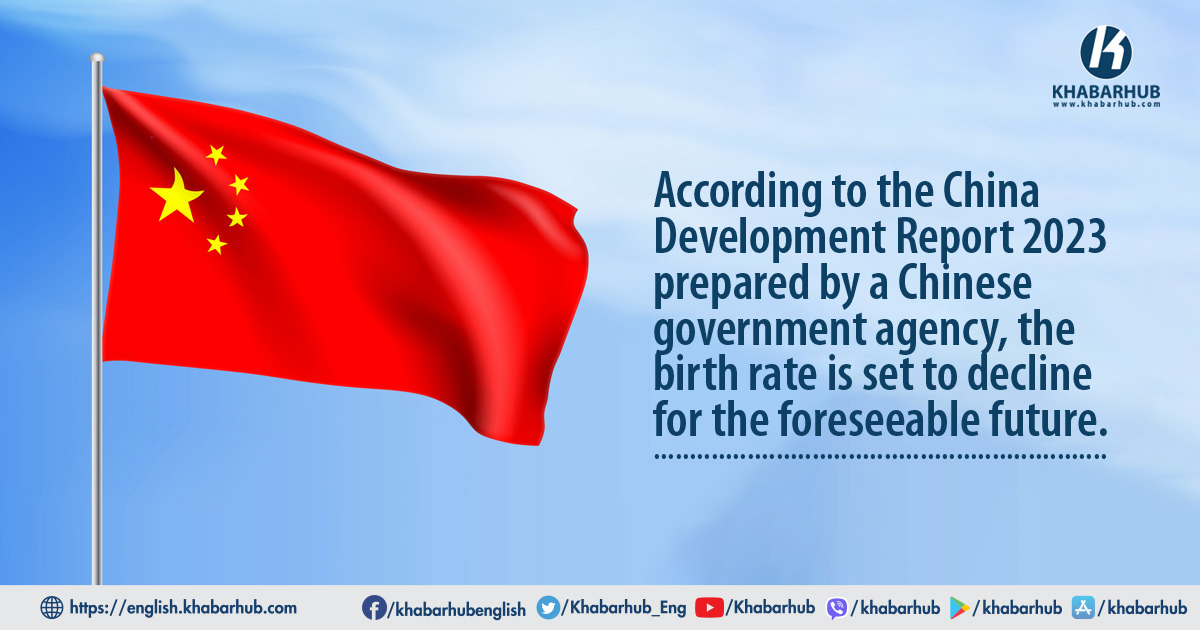Women in China are losing interest in getting married or conceiving children despite the Chinese government’s strenuous efforts aimed at addressing the demographic crisis.
This trend is going to have a severe negative impact on China’s population stability and economic growth in the long term.
Janet Song, 25, who works at a pet cafe in Guangzhou, echoes the views of the Gez Z women that marriage and childbearing have no incentives.
“We all feel that modern urban life is becoming very convenient and welcoming to singletons, and that marriage and childbirth are almost synonymous with the stress of life for us young people,” she said.
The average age of marriage in China has continued to increase since the 1980s.
It increased from 23.59 years old in 1980 to 28.67 years old in 2020 –which was 3.78 years older compared to that in 2010.
China’s population continues to shrink while the share of old-age swells; there will be negative economic repercussions.
The widening gap has been higher for women. The average age of marriage for women jumped from 24 years old in 2010 to 27.95 in 2020.
Financial insecurity, high living costs, gender equality and independence are practical reasons for Chinese women hesitating to get married, said author and social commentator Lijia Zhang.
“Many were delaying tying the knot. Some didn’t even want to bother with it. Plenty of assertive young women no longer see marriage as a necessary rite of passage or ingredient of happiness,” she said.
China’s rising unemployment and economic slowdown are driving the youth away from marriage.
Jacey Zhang, a 27-year-old from Beijing, has had doubts about her ability to raise a family due to financial instability.
“Without a job, you can’t find a spouse. One person has enough to eat, and the whole family is not hungry,” she said.
The population structure in China has turned into an ‘inverted pyramid’ which means there are the highest number of senior citizens while the lowest number of children.
The number of newborns in a year fell from 17 million in 2017 to 9 million in 2023— and a 5.7 percent decline year-on-year (2022).
The fertility rate too has fallen to 1.3 children per woman, which is assumed to be concerning as the replacement level of 2.1 is needed for stable replacement.
Sensing the dangers in the future, Beijing dumped its controversial ‘one child’ policy in 2016 and allowed three children to boost the birth rate.
Even Chinese President Xi Jinping asked women to leave their jobs and produce children.
However, there has been no visible improvement.
A lecturer named Fang Xu did not pay heed to Xi’s advice.
“As a woman, I have a college degree. You want me to give up my career, be a good wife and mother, and serve you? Why should I live such a life?” she said.
Both the marriage rate and birth rate in China have seen a decline.
Emma Waters, senior research associate at Washington-based Heritage Foundation, said the Chinese government’s research has realised that the demographic crisis is its own making, which may not be easy to overcome.
“Beijing expected a baby boom to occur as couples were finally permitted to have the number of children they wanted. But after an initial increase, birth rates continued to decline,” she said.
According to the China Development Report 2023 prepared by a Chinese government agency, the birth rate is set to decline for the foreseeable future.
“If the population pyramid paradox cannot be addressed early on, the conflict between consumer demand and demographic structure will worsen,” said prominent labour economist Cai Fang.
“A continued decline in the birth rate will be the dominant long-term trend impacting China’s population change. It is estimated that in the coming years, the number of births is expected to decrease by approximately one million every decade,” Chinese state-run Global Times quoted the report as saying.
China’s population continues to shrink while the share of old-age swells; there will be negative economic repercussions.
“The working age population [in China] will fall so rapidly over the next decade, that the Chinese economy will need to deal with one percent drag in GDP growth per year for next 10 years,” said Darren Tay, head of Asia country risk at BMI Country Risk & Industry Analysis.
In the wake of Beijing’s pronatalist policies struggling to produce intended results, economists have painted a gloomy picture for the Chinese economy and its future growth.
“If the population pyramid paradox cannot be addressed early on, the conflict between consumer demand and demographic structure will worsen,” said prominent labour economist Cai Fang.
“This, in turn, will significantly heighten the possibility of economic growth shortfalls.”









Comment